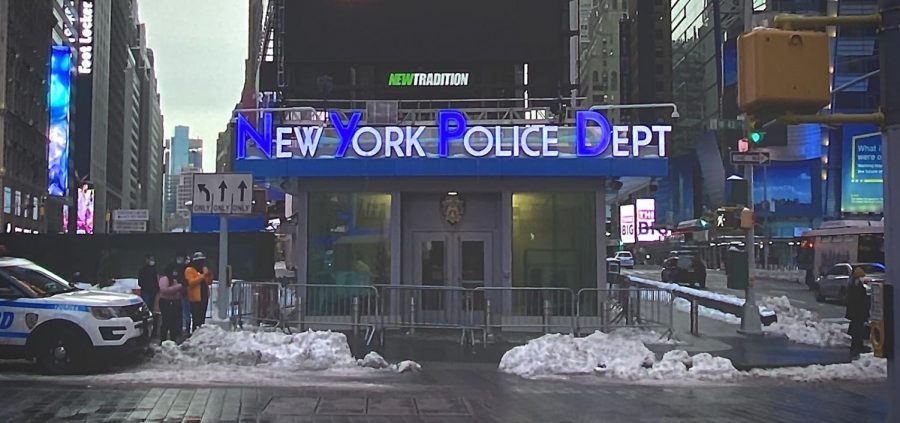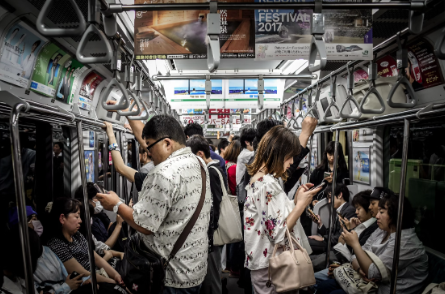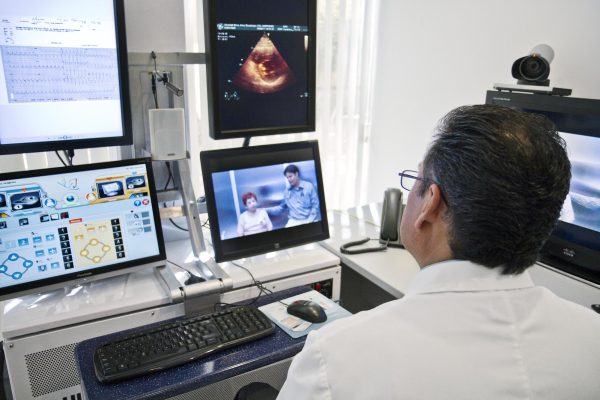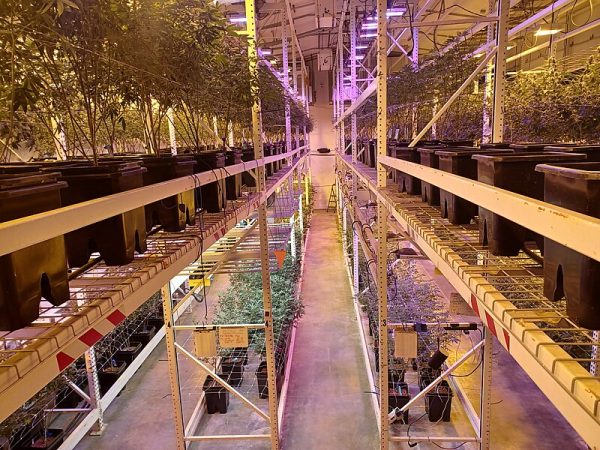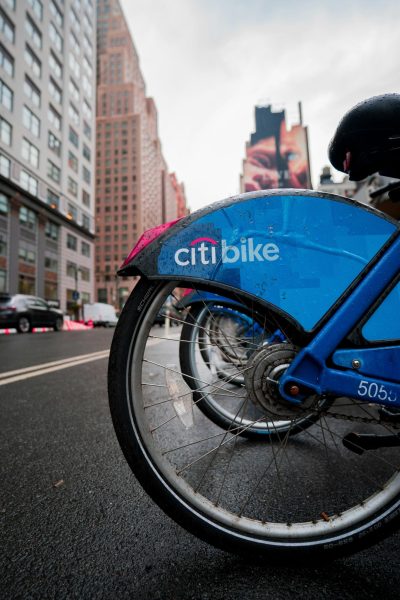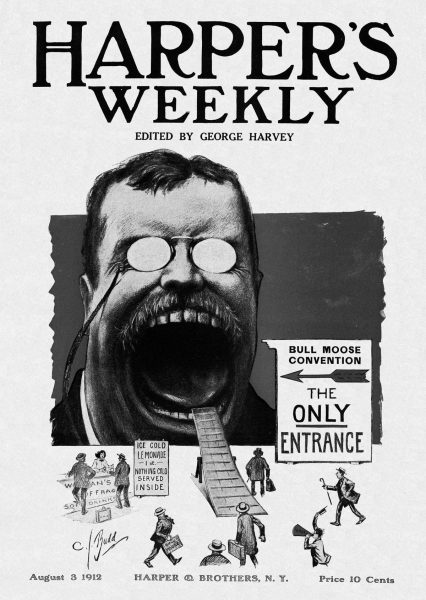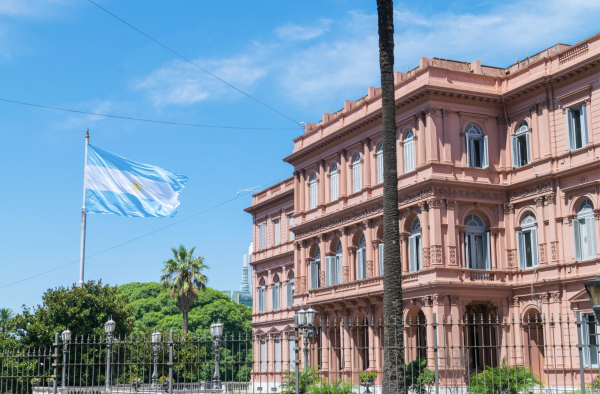A Worrying Uptick In Crime Across New York City
Since May 2019, reports of assaults, shootings and murders have been up 166%.
The NYPD’s Times Square substation has a new look, as it aims to be more welcoming to tourists and future NYPD officers.
Across New York City, there has undeniably been some hostility in the air, lately.
This tension has been brought about for a number of reasons. COVID-19 is still a major obstacle that the city faces, racial tensions are at a peak from earlier BLM protests in the summer, and the presidential election recently confirmed the soon to be leader of our country, but not without a large commotion from the opposing political party.
Many students at Bronx Science believe that the mixture of these issues have led to the increase in crime, but that some factors take precedence over others. Fabiha Chowdury ’22 said, “I definitely think that the recent election has increased crime the most. Some people seem to be taking violent approaches towards those who have differing political views from them.” It appears that the combination of numerous problems have led to an increase in criminal activity, but the most prominent problem to plague New York City as of late has been gun violence.
The NYPD recently released their crime statistics for 2020 from January to November, and it showed that in October alone, there were 137 citywide shooting incidents—a 121% increase from the 62 shooting incidents last year.
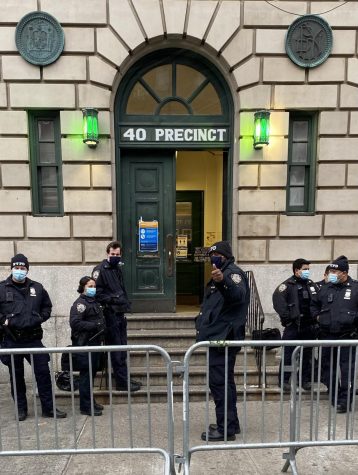
The NYPD borough and crime statistics show that most incidents occurred primarily in the Bronx, Brooklyn, and Manhattan, with Queens and Staten Island last on the statistics list. Taking into consideration total crime, violent crime, non-violent crime and neighborhood population, Brooklyn led with eight of the most dangerous neighborhoods in New York City, while the Bronx came in close with seven. It is clear which neighborhoods have been inflicted the worst, but we must ask ourselves why this is happening.
New York City Police Department commissioner Dermot Shea said that Mayor De Blasio’s $1 billion budget cut is partly to blame for the increased criminal activity. Other officers agreed, arguing that defunding the NYPD, especially when crime is at an all time high, was a “double whammy.” However, even though their budget was cut, it still remains at a staggering $88.19 billion. The funds that were cut are going to be reallocated into education and social services over the next fiscal year in order to prevent crime from its start. With the money cut from the budget, $115 million has been reprioritized for summer youth programming, $116 million for education and $134 million for family and social services.
The NYPD has also made it clear to the public that it acknowledges the increase in crime and plans to do something about it, sooner rather than later. On top of previous efforts mentioned, the City is investing just over $10 million into “Curing Violence”. The intent is for this program to expand into four new precincts and increase staff for all providers. The program will soon be operational in all 20 precincts in New York City that have the most gun violence.
Be that as it may, many students have expressed concern for this plan, wondering if the NYPD is just throwing money at these problems in order to make them go away, instead of actively working to fix them. Aissata Barry ’22 said, “I think the police officers feel offended and are more hesitant towards their interactions with people, since there have been calls to defund the police. Having more police officers around feels harmful, because they tend to increase tension instead of helping to diffuse it.”
The Community Affairs Bureau (CAB) of the NYPD works to combat these feelings of ill will that some members of the public have towards them. It is a part of the department’s new approach to strengthening community relationships and trust, as well as achieving and sustaining gains against crime.
“I think the police officers feel offended and are more hesitant towards their interactions with people, since there have been calls to defund the police. Having more police officers around feels harmful, because they tend to increase tension instead of helping to diffuse it,” said Aissata Barry ’22.
Chanel Richardson is an Arts & Entertainment Editor for 'The Science Survey.' She enjoys how journalism can uncover the truth about important matters...

